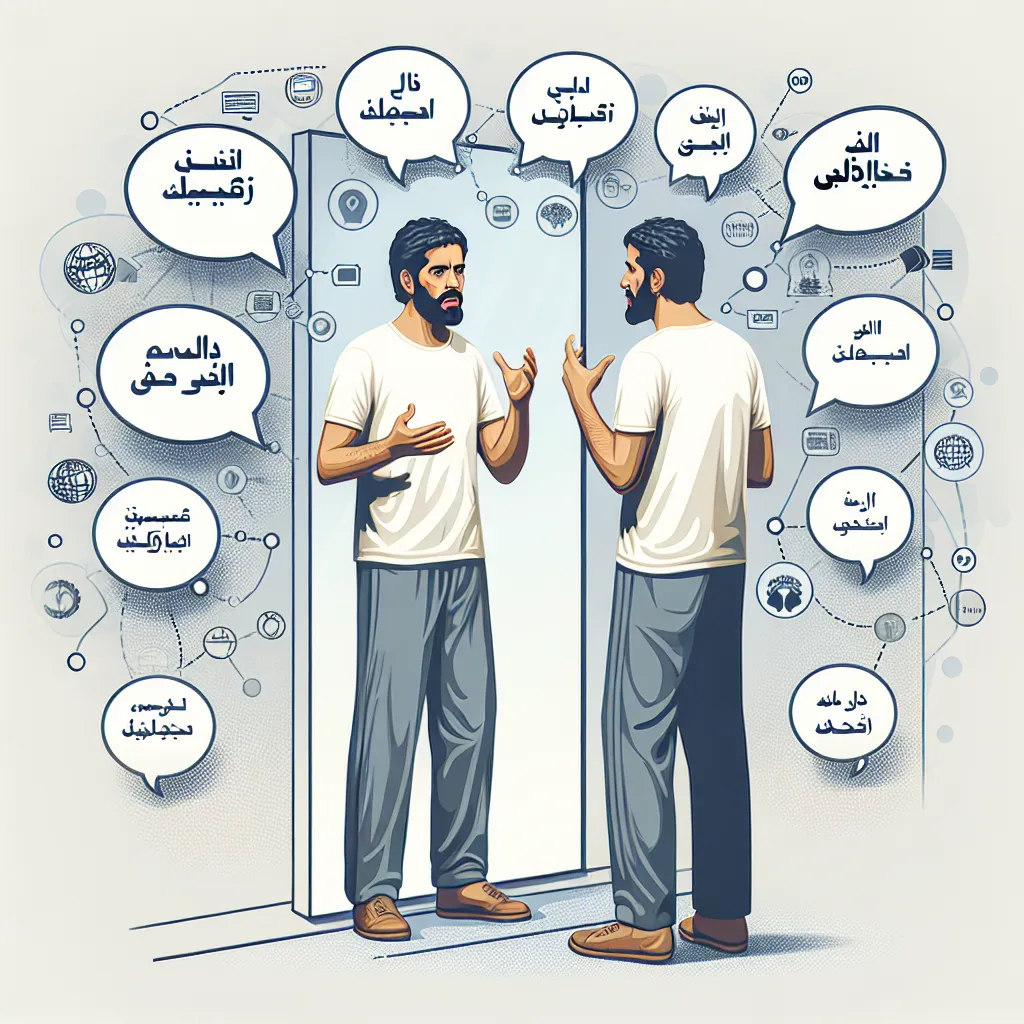Are you looking for an engaging and effective way to enhance your English language skills? Look no further than photo descriptions! This powerful technique not only improves your vocabulary and grammar but also sharpens your observation and communication abilities. In this article, we’ll explore valuable Tips For Learning English Through Photo Descriptions, helping you unlock your language potential.
Why Use Photo Descriptions to Learn English?
Photo descriptions offer a unique and immersive approach to language learning. By combining visual stimuli with language practice, learners can:
- Expand their vocabulary in context
- Improve sentence structure and grammar
- Enhance descriptive language skills
- Develop critical thinking and observation abilities
- Practice speaking and writing simultaneously
 English Learning with Photos
English Learning with Photos
Essential Tips for Learning English Through Photo Descriptions
1. Choose Diverse and Interesting Images
To maximize your learning potential, select a wide variety of images that spark your interest. Consider:
- Landscapes and nature scenes
- Portraits and people in action
- Urban environments and architecture
- Historical photographs
- Abstract art or conceptual images
By exploring different types of images, you’ll encounter a broader range of vocabulary and descriptive techniques.
2. Start with Basic Vocabulary and Sentence Structures
For beginners, it’s crucial to build a strong foundation. Begin by:
- Identifying simple objects in the image
- Using basic adjectives to describe colors, shapes, and sizes
- Constructing simple sentences like “I see a red car” or “There is a tall building”
As you progress, gradually incorporate more complex structures and vocabulary.
3. Utilize the Five Senses in Your Descriptions
Engage all your senses when describing an image to create a more vivid and comprehensive description:
- Visual: What do you see? (colors, shapes, objects)
- Auditory: What sounds might you hear if you were in the scene?
- Tactile: How would different elements feel if you could touch them?
- Olfactory: Are there any smells you can imagine?
- Gustatory: If applicable, what tastes might be associated with the image?
This approach not only enriches your descriptions but also helps you practice a wider range of vocabulary.
4. Incorporate Advanced Grammar and Vocabulary
As your skills improve, challenge yourself by:
- Using comparative and superlative adjectives
- Experimenting with different tenses to describe what’s happening in the image
- Incorporating idiomatic expressions and phrasal verbs
- Practicing conditional sentences to speculate about the image
For example, instead of saying “The man is happy,” you could say, “The beaming gentleman seems to be on cloud nine, as if he’s just received the best news of his life.”
5. Practice Speaking and Writing Equally
To develop well-rounded language skills:
- Describe images out loud to practice pronunciation and fluency
- Write detailed descriptions to improve your writing skills
- Record yourself speaking and listen back to identify areas for improvement
- Share your written descriptions with language exchange partners or tutors for feedback
6. Use Timed Exercises to Improve Fluency
Challenge yourself with timed description exercises:
- Set a timer for 1-2 minutes for beginners, 3-5 minutes for intermediate learners
- Describe the image as thoroughly as possible within the time limit
- Focus on fluency rather than perfection
- Gradually increase the complexity of images and reduce time limits as you improve
This technique helps you think and express yourself more quickly in English.
 Timed Photo Description Exercise
Timed Photo Description Exercise
7. Leverage Technology and Resources
Take advantage of various tools and platforms to enhance your learning:
- Use image recognition apps to learn new vocabulary
- Join online communities or forums dedicated to photo descriptions in English
- Utilize language learning apps that incorporate image-based exercises
- Follow social media accounts that post regular photo prompts for description practice
For more ideas on incorporating technology into your language learning journey, check out our article on tips for learning English through DIY projects.
8. Analyze Professional Descriptions
Study how experts describe images:
- Read art critiques and museum catalog descriptions
- Examine travel magazine articles and their photo captions
- Analyze nature documentaries and how narrators describe scenes
Pay attention to the structure, vocabulary, and techniques used in these professional descriptions to elevate your own skills.
9. Create Stories Based on Images
Take your descriptions further by crafting short stories inspired by the images:
- Imagine the events leading up to the scene in the photograph
- Speculate about what might happen next
- Develop characters based on the people or elements in the image
- Practice using narrative tenses and dialogue
This exercise not only improves your descriptive skills but also enhances your creative writing abilities in English.
10. Collaborate with Others
Engage in group activities to gain new perspectives:
- Participate in language exchange sessions focused on photo descriptions
- Join or create a study group where members take turns describing images
- Engage in “spot the difference” exercises with a partner using similar images
- Play guessing games where one person describes an image while others try to visualize it
Collaboration can provide valuable feedback and expose you to diverse vocabulary and description styles.
Common Mistakes to Avoid
When learning English through photo descriptions, be mindful of these common pitfalls:
- Overreliance on simple adjectives (e.g., “nice,” “beautiful,” “good”)
- Ignoring the background or smaller details in an image
- Using the same sentence structures repeatedly
- Focusing solely on literal descriptions without interpretation or emotion
- Neglecting to practice both speaking and writing skills
Next Steps in Your Learning Journey
To continue improving your English skills through photo descriptions:
- Set a daily or weekly goal for describing a certain number of images
- Create a vocabulary journal specifically for descriptive words and phrases
- Participate in online challenges or contests for photo descriptions
- Seek regular feedback from native speakers or language tutors
- Combine photo descriptions with other language learning techniques for a well-rounded approach
Remember, consistency is key in language learning. Regular practice with photo descriptions will significantly enhance your English skills over time.
Conclusion
Learning English through photo descriptions is an enjoyable and effective method that engages multiple language skills simultaneously. By following these tips and techniques, you’ll not only improve your vocabulary and grammar but also develop a keen eye for detail and a flair for expressive language. Whether you’re a beginner or an advanced learner, incorporating photo descriptions into your study routine can take your English proficiency to new heights. Start exploring the world through images and watch your language skills flourish!




